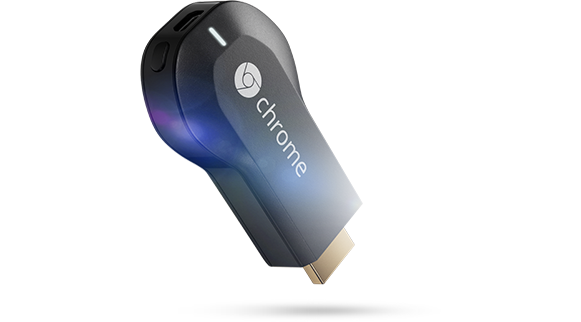By Michael Rodgers*, Senior Strategist of Products,
Openwave Mobility
UK Prime Minster David Cameron recently raised the stakes in his “war against porn” by asking Internet providers to apply stricter filters on adult content.
Child safety has been cited by many political insiders as one of the reasons behind the UK’s push towards
stricter content laws. Cameron’s vision which also includes controls on Google search, is that the country’s households should “opt-in” to access to adult content.
The new measures would initially be automatically applied to new customers then expanded to existing subscribers through providers actively contacting their customer base regarding filtering options. The UK’s biggest Internet providers have all agreed to Cameron’s filter scheme meaning that 95% of UK homes will be filtered by the end of the year.
However, with nearly
two thirds of the UK’s 12-15 year olds’ owning smartphones filtering only home networks will not fully shield them.
The reality is that very few parents know what their children and teenagers browse on their mobile phones, with the majority of youngsters knowing far more about the device’s capabilities than the parents footing the bill. Many parents are vigilant with their children’s laptop use, limiting it to “public areas” like lounges where screens can be easily glanced at, but unfortunately mobiles are often neglected. It’s nearly impossible to know what teenagers are viewing on their small touch-screen devices without assistance.
If the UK puts the responsibility of content-filtering onto mobile operators too they will be forced to figure out a comprehensive, cost-effective, solution that doesn’t aggravate their customers. Content-filtering solutions will need to incorporate:
- Captive portal with end-user sign-up: by default adult content is blocked, and access has to be requested)
- User repository: to keep track of who signed up and user age
A simple way for operators to filter adult content would be automatically through their price plans. By enabling automatic parental-controls / content-filtering on shared and family plans for example, operators could discreetly protect younger users without parents having the additional task or responsibility of setting it up. Using the UK approach of needing to opt-out of the filters would ensure comprehensive protection for those who need it. Although such shared plans are relatively new in the UK market with EE having just released its “
Shared 4GEE” plan last month, this would immediately work well in the US market where shared plans are more established. However, in the UK market where it is common place for parent to set up individual plans for their children and teens, offering a “Young Adult” plan with automatic filtering would be an easy and simple way for UK operators to protect younger users.
The UK is not alone in its movement in filtering adult content over the Internet. North American mobile operators are currently looking at ways to contain explicit content when browsing on devices. Although the operators are concerned about protecting vulnerable users, there is also an element of business ROI behind the move. It is estimated that the traffic from adult content currently accounts for 10-15 percent of the total traffic on mobile networks in the US. By reducing this type content more network capacity will be available and provides operators with another effective tool to manage network congestion.
As child-safety on the Internet is becoming more of a priority for governments as well as parents, mobile operators need to proactively begin addressing this issue now. Offering price plans that automatically filter inappropriate content, will not only provide an additional level of care that operators provide their subscribers, it will help differentiate their price plans in a competitive market with a “family-friendly” options. Acting on the issue now will enable operators to revolutionise price plans and help them stay ahead of the curve, demonstrating a willingness to take ownership of child-protection. This is especially vital when so many parents are unaware that such protection exists in mobile Internet world.
___________

*Michael Rodgers is a senior product marketing strategist at Openwave Mobility with over 20 years of experience in mobile telecoms, primarily focused on product management and marketing of mobile data infrastructure and value-added services products. At Openwave Mobility, Michael is currently responsible for marketing the company’s policy and charging product portfolio with a key focus on helping mobile operators innovate on data pricing models.
Prior to Openwave, Michael spent six years with Ericsson where he held a variety of positions including technical consultant, systems engineering and product management/marketing roles.
Michael holds a BSc, Science Physics & Chemistry from Trinity College Dublin, an MSc, Physics Opto-electronics and MA, Music technology from Queen’s University Belfast.












































